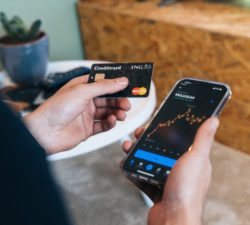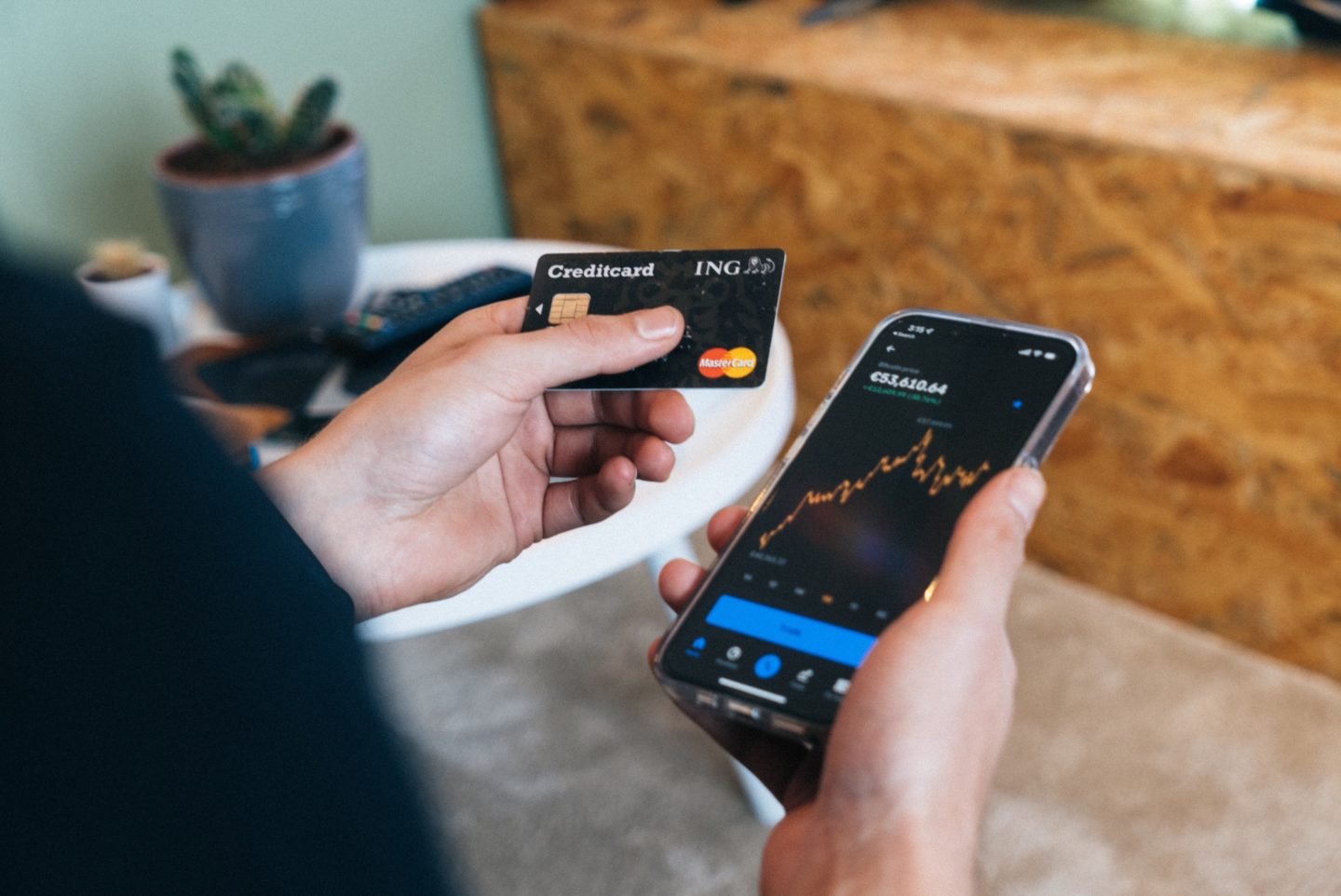For most people in business, cybersecurity has become a fact of life in the 21st Century. But for Johan Gerber, it is a defining mission. As Executive Vice President of Security and Cyber Innovation at Mastercard, Gerber’s aim is to make the payments ecosystem safer for everyone, by defining industry standards and increasing collaboration across key industries.
The relentless march of the digital economy, accelerated by the COVID-19 pandemic, has brought the issue of cybersecurity into sharper focus more than ever before. Processes and services are migrating online at breakneck speed, bringing huge productivity gains but also making sensitive data increasingly vulnerable to attack.
According to a recent report by consultancy firm Accenture, companies faced an average of 270 cyberattacks last year, a 31% increase over 2020. Left unchecked, the rapidly evolving threat landscape could end up costing global industries as much as $10.5 trillion a year by 2025 – equivalent…



 Audio available
Audio available